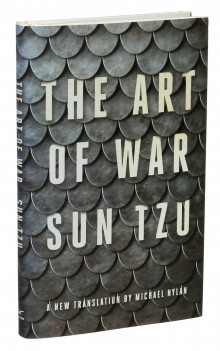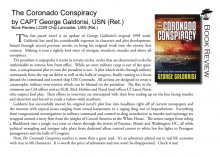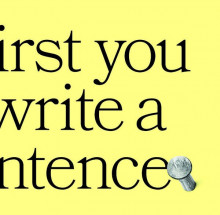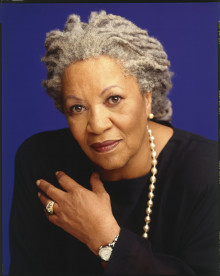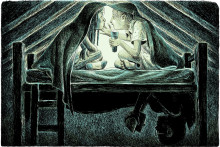The Innovation Bible
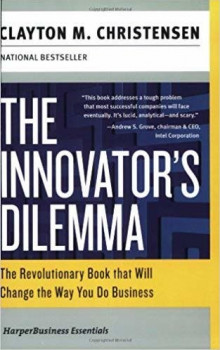
Clayton M. Christensen, a Harvard professor whose groundbreaking 1997 book, “The Innovator’s Dilemma,” outlined his theories about the impact of what he called “disruptive innovation” on leading companies and catapulted him to superstar status as a management guru, died last month.
“The Innovator’s Dilemma,” which The Economist called one of the six most important business books ever written, was published during the technology boom of the late 1990s. It trumpeted Professor Christensen’s assertion that the factors that help the best companies succeed — listening responsively to customers, investing aggressively in technology products that satisfied customers’ next-generation needs — are the same reasons some of these companies fail.
These corporate giants were so focused on doing the very things that had been taught for generations at the nation’s top business schools, he wrote, that they were blindsided by small, fast-moving, innovative companies that were able to enter markets nimbly with disruptive products and services and grab large chunks of market share. By laying out a blueprint for how executives could identify and respond to these disruptive forces, Professor Christensen, himself an entrepreneur and former management consultant, struck a chord with high-tech corporate leaders.
Want more? You read the full piece here


